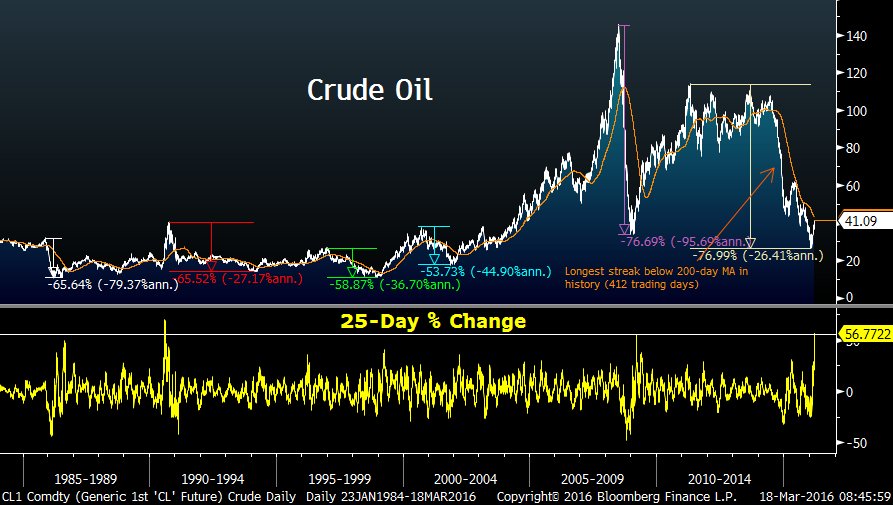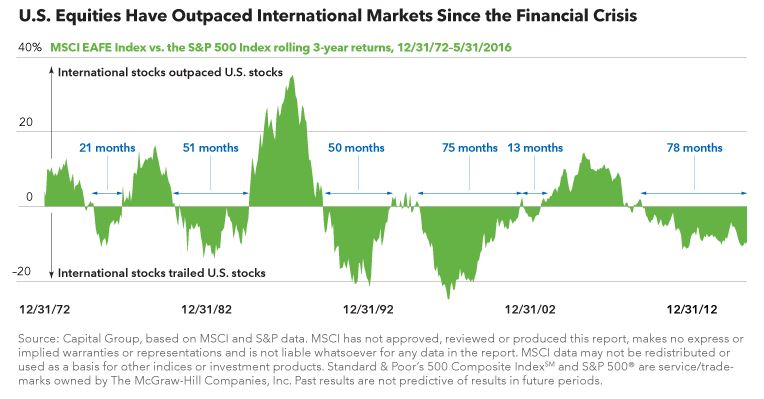


These are then combined using standard computer graphics volume rendering to compute a final pixel color. Color and density values are accumulated along rays, one ray for each pixel in a 2D image. It represents an object with a neural network that outputs color and density for each point in 3D space.

NeRF is a technique that is very good at reconstructing a static 3D object from 2D images. Because the latent codes have fewer dimensions than the data elements themselves, the network is forced to generalize, learning common structure in the data (such as the general shape of dog snouts). Each of these latent codes re-creates a single element (such as an image) from the dataset. GLO is a general method that learns to reconstruct a dataset (such as a set of 2D images) by co-learning a neural network (decoder) and table of codes (latents) that is also an input to the decoder. Holding the camera fixed, we can interpolate or sample novel identities ( right). This allows for a 3D model to be lifted from the image, and rendered from novel viewpoints. We learn a 3D object model by reconstructing a large collection of single-view images using a neural network conditioned on latent vectors, z ( left). We build our approach by combining Generative Latent Optimization (GLO) and neural radiance fields (NeRF) to achieve state-of-the-art results for novel view synthesis and competitive results for depth estimation. LOLNeRF learns the typical 3D structure of a class of objects, such as cars, human faces or cats, but only from single views of any one object, never the same object twice. In “LOLNeRF: Learn from One Look”, presented at CVPR 2022, we propose a framework that learns to model 3D structure and appearance from collections of single-view images. However it is possible to estimate 3D structure based on what kind of 3D objects occur commonly and what similar structures look like from different perspectives. For example, it isn’t necessarily possible to tell the difference between an image of an actual beach and an image of a flat poster of the same beach. There are, however, many situations where it would be useful to know 3D structure from a single image, but this problem is generally difficult or impossible to solve. Many successful approaches rely on multi-view data, where two or more images of the same scene are available from different perspectives, which makes it much easier to infer the 3D shape of objects in the images. Achieving this kind of understanding with computer vision systems has been a fundamental challenge in the field.
Relative viewpoints in draftsight 2016 software#
Posted by Daniel Rebain, Student Researcher, and Mark Matthews, Senior Software Engineer, Google Research, Perception TeamĪn important aspect of human vision is our ability to comprehend 3D shape from the 2D images we observe.


 0 kommentar(er)
0 kommentar(er)
